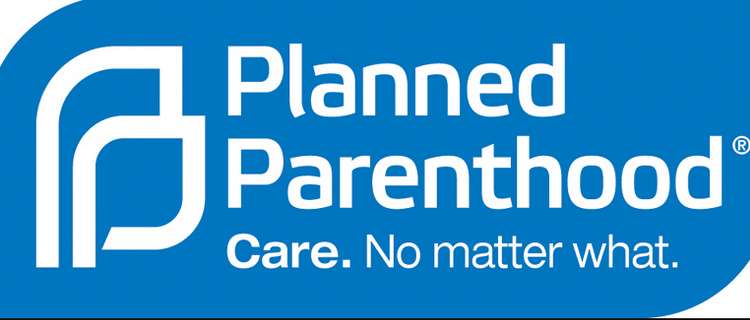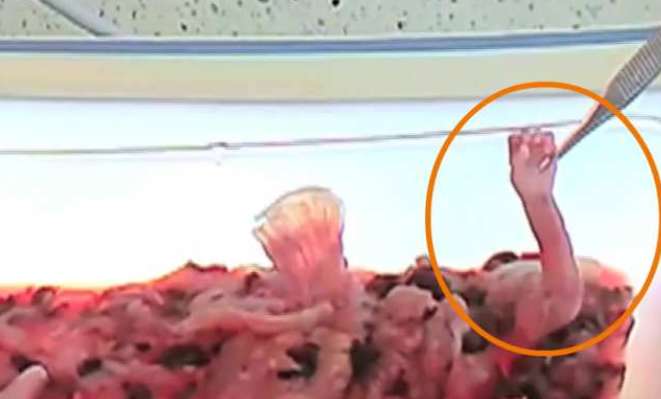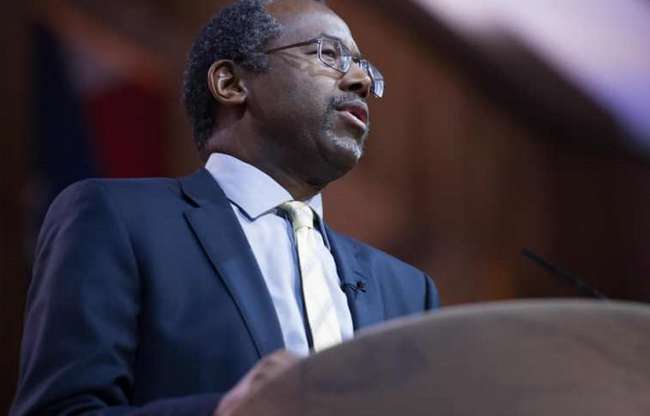Life issues and the media, a battle over bias?
Narelle Henson.com 27 July 2017
Voice for Life’s Hamilton branch invited me to speak at its AGM a few weeks ago on the way life issues are covered in the media. It was a fascinating topic, and I spent a good amount of time thinking, or reading, about it.
I even spent a couple of days scrolling through news sites looking up every key work I could think of to do with those subjects. I looked up research reports on media content and survey’s on Kiwi journalists.
Why?
Well, I suspected the main questions I would get would be on bias. And biased journalists.
So I wanted to check out the data for myself.
It led me to some rather controversial conclusions. I do, for instance, think there is a bias in the media against pro-life positions. But I don’t think it is necessarily the journalists’ fault.
Let me explain.
As I hunted through story after story looking at headlines, the amount of space dedicated to each point of view, and the way in which “experts” were treated (was credibility undermined or over-emphasized, for instance), something started to stick out.
Over and over again those who held a pro-euthanasia or pro-abortion stance expressed their argument through a human story.
There was Lecretia Seales, looking stunning as she held up the moon in the twilight. She shared an incredibly intimate journey with us as she walked to the edges of life, and her story of cancer was her argument. It was right and fair that journalists reported her story with respect, and gave her space to fully express her views.
She was featured along with Helen Kelly, Maryan Street, David Seymour and others who were willing to open up their pasts and their hearts to us on the topic of euthanasia.
But over and over again, the pro-life camp held up a dry, crusty bunch of facts – occasionally producing a press release in place of a real person.
And that just doesn’t cut it. In a world where media moguls are relics of the past and media companies are crumbling empires, journalists are desperate for compelling stories to get us to read.
But even if those pressures weren’t keeping audience numbers at the forefront of their minds, every journalist knows that people stories are powerful stories.
That is because we can all connect with what it means to be human. We all know fear, love, anxiety, hope or any other emotion. We can’t connect – emotionally at least – with facts.
That means facts are best seen as condiments bringing out the full flavour of the main dish – the story – for us.
Now, interestingly, as the euthanasia debate has developed over the last four years, more and more personal stories of those suffering terminal illness, yet opposed to euthanasia, did begin to emerge.
Presumably, these courageous people realised that their story was the best way to explain their argument, and that they had to share it if they wanted to see coverage of a different sort. Jayne Malcolm was one such courageous, stunning, human.
And the stories of Jayne Malcolm were as beautifully, respectfully reported as were those of Lecretia Seales, in my opinion.
Did she get on the front page of Stuff.co.nz? Not that I remember. But then she didn’t launch a court case over euthanasia, thereby doing something highly newsworthy on a hot topic.
So you can see where my talk went. When it comes to life issues in the media, those in the pro-life camps play a part in biasing the debate…because they won’t tell their stories.
Bravely, right after the talk one of the members of VFL Hamilton told me her story. She was the survivor of an abortion.
“But you know,” she finished “a lot of us in the pro-life movement are there because of stories like that.”
Well then, let’s make the world a richer place and start telling them.
https://narellehenson.com/2017/07/27/life-issues-and-the-media-a-battle-over-bias/





